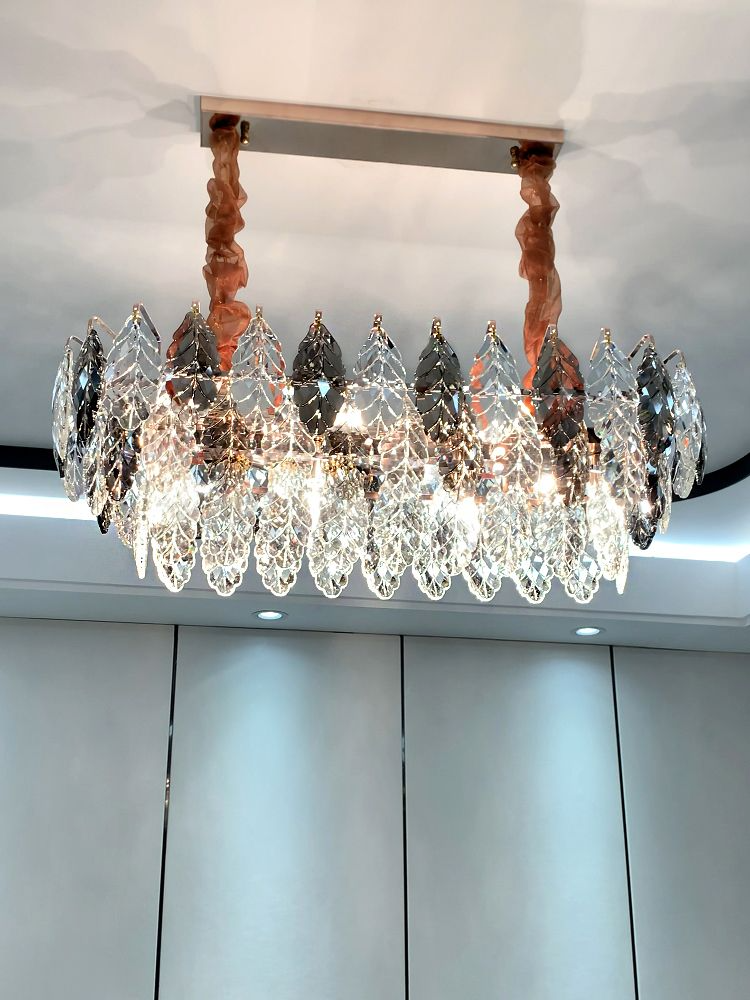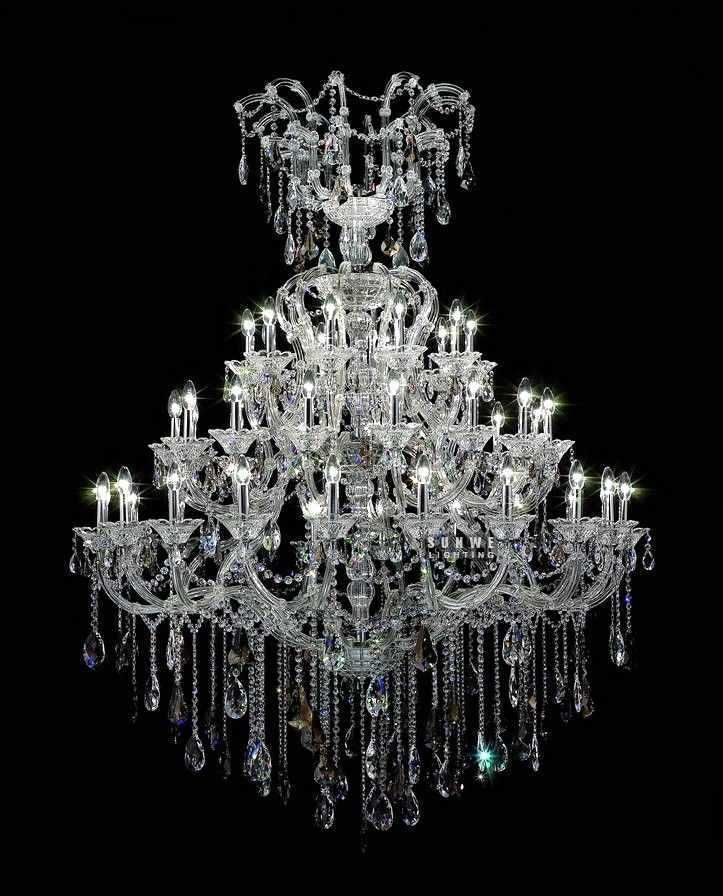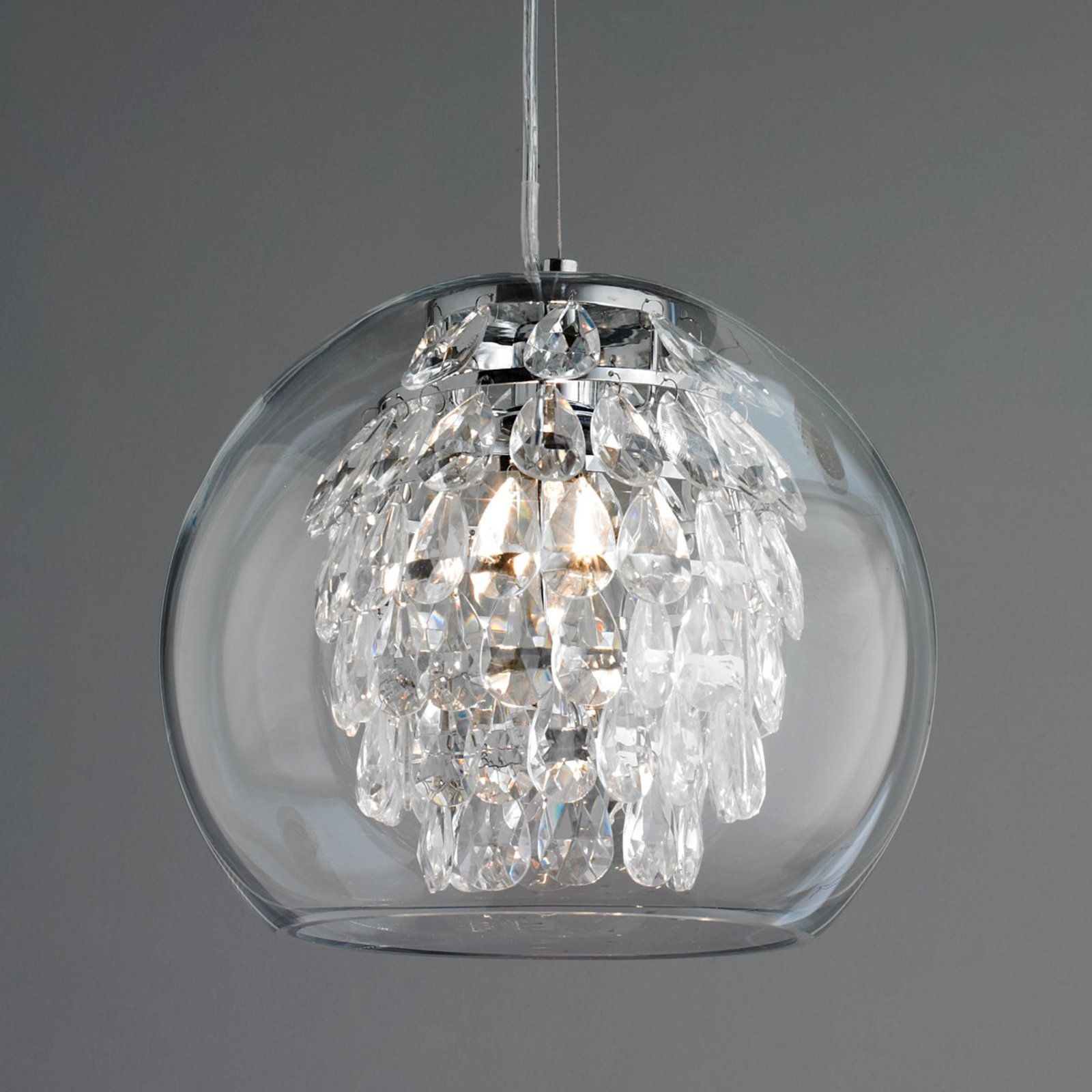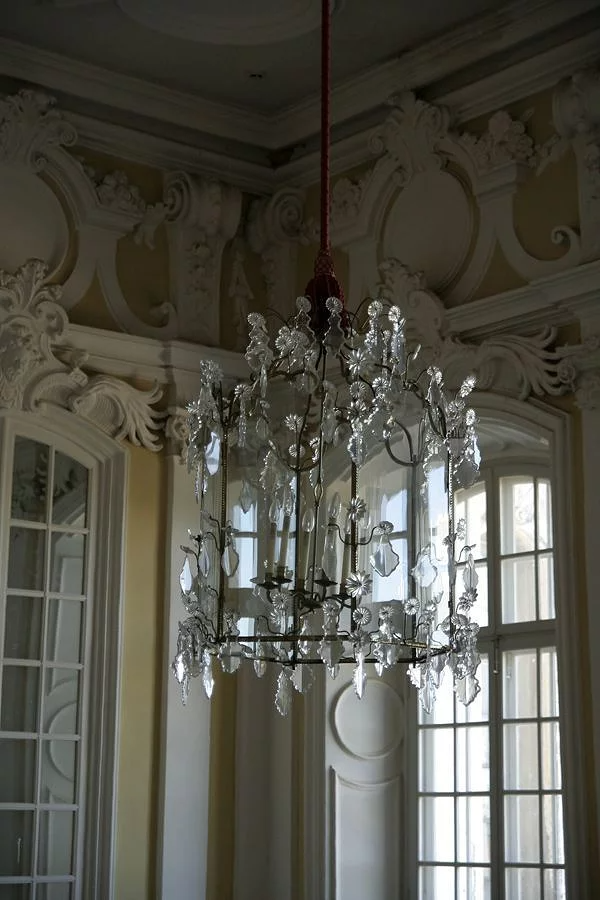Historical Background:
The origin of crystal chandeliers can be traced back to the 17th century in Europe, particularly in countries like France and Austria, where they were initially crafted from lead crystal, renowned for its clarity and ability to refract light brilliantly. Over time, as glassmaking techniques evolved, crystal chandeliers became more intricate and elaborate, incorporating intricate cutting patterns and designs that enhanced their aesthetic appeal.
Design Elements:
The design of a crystal chandelier is a harmonious blend of artistry and engineering. Key design elements include:
- Crystal Quality: The purity and clarity of the crystal play a crucial role in determining the brilliance and sparkle of the fixture. High-quality crystal has a higher lead content, enhancing its refractive index.
- Cutting Patterns: The precision and complexity of the crystal cuts determine how light is dispersed. Popular cuts include faceted, prismatic, and beveled designs, each offering a unique visual effect.
- Frame Materials: Traditionally, chandelier frames were made of metal, such as brass, iron, or gold-plated finishes. Modern designs may also incorporate materials like stainless steel or polished nickel.
- Size and Shape: Crystal chandeliers range from small, pendant-style lights to grand, multi-tiered chandeliers suitable for large spaces. Shape variations include round, rectangular, and even custom designs.
Manufacturing Processes:
Crafting a crystal chandelier involves several meticulous steps:
- Crystal Production: High-quality glass is melted and formed into crystal shapes, often through a process called 'casting' or 'pulling.'
- Cutting and Polishing: Once cooled, the crystal pieces are meticulously cut and polished to achieve the desired pattern and finish.
- Assembly: The crystal elements are then attached to the frame, often with delicate metal prongs or wires, ensuring they hang securely and balance evenly.
- Testing: Each chandelier undergoes rigorous testing to ensure its structural integrity and electrical safety.
Technological Advancements:
Recent technological advancements have introduced new materials, like LED lighting, which have revolutionized crystal chandeliers. LED bulbs consume less energy, last longer, and allow for greater control over color temperature and brightness, enhancing the overall lighting experience without compromising the aesthetic appeal. Additionally, smart home integration has made it possible to control crystal chandeliers via smartphones or voice commands, adding convenience and functionality.
Cultural Significance:
Crystal chandeliers transcend mere illumination; they are symbols of power, wealth, and status. They have been featured prominently in important historical events, such as royal weddings and grand balls, and continue to be associated with opulence and sophistication. In many cultures, they symbolize family heritage and are often passed down through generations as cherished heirlooms.
Conclusion:
Crystal chandeliers are timeless pieces of art that enrich the visual and emotional landscape of any space they illuminate. Their intricate design, superior craftsmanship, and cultural symbolism make them more than just lighting fixtures; they are testament to human ingenuity and the pursuit of beauty. As technology advances, the future of crystal chandeliers promises to blend traditional elegance with modern innovations, ensuring their continued relevance and appeal in contemporary settings.
crystal lights lamp
crystal lights ceiling
crystal lights for bedroom
crystal lights string
crystal lights packets
crystal lights for bathroom
crystal lights for christmas tree
crystal lights pitcher packets
crystal lights for dining room




